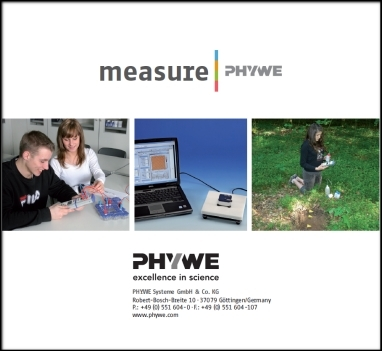Bragg Driver
Artikelnummer: 1012871 [U40207]
CHF 4’557.10
inkl. MwSt. CHF 4’926.25
The Bragg driver is a combination of hardware and software which allows the user to collect X-ray diffraction data in combination with the X-ray apparatus (1000657 or 1000660). It provides the high voltage and counting circuitry for the Geiger Müller tube (1000661) and includes a software program that allows the user to control the driver and collect data. It includes the USB powered drive, a drive gear, an USB cable and a powder compressor. Scans can be obtained for all crystals available in the basic equipment set (1000665) and the crystallography accessories (1000666). An additional feature includes the ability to scan powders and foils. The software allows selection of scan angles, resolution, and time per step. Once the experiment is completed the software permits zoom-in on the data and the facility to add comments to the file. Data can be exported to a spreadsheet for further analysis.
Time interval for
automatic data saving: 30 s
Angular range: 12° – 120°
Time per step: ≥ 0.1 s
Angular step: ≥ 0.05°
GM tube voltage: 0 – 1000 V
Basic: Basic experiments using photographic techniques and Geiger Müller tube like Laue experiments, Bragg diffraction experiments, experiments on inverse square law, emission, rectilinear propagation, penetration and absorption of X-rays.
Intermediate: Basic experiments and experiments on Moseley, Debye-Scherrer diffraction, size of the unit cell in salt crystals in addition.
Advanced: Intermediate experiments and experimental investigations into radiography, film and the properties of x-rays in addition.
Time interval for
automatic data saving: 30 s
Angular range: 12° – 120°
Time per step: ≥ 0.1 s
Angular step: ≥ 0.05°
GM tube voltage: 0 – 1000 V
Basic: Basic experiments using photographic techniques and Geiger Müller tube like Laue experiments, Bragg diffraction experiments, experiments on inverse square law, emission, rectilinear propagation, penetration and absorption of X-rays.
Intermediate: Basic experiments and experiments on Moseley, Debye-Scherrer diffraction, size of the unit cell in salt crystals in addition.
Advanced: Intermediate experiments and experimental investigations into radiography, film and the properties of x-rays in addition.
The Bragg driver is a combination of hardware and software which allows the user to collect X-ray diffraction data in combination with the X-ray apparatus (1000657 or 1000660). It provides the high voltage and counting circuitry for the Geiger Müller tube (1000661) and includes a software program that allows the user to control the driver and collect data. It includes the USB powered drive, a drive gear, an USB cable and a powder compressor. Scans can be obtained for all crystals available in the basic equipment set (1000665) and the crystallography accessories (1000666). An additional feature includes the ability to scan powders and foils. The software allows selection of scan angles, resolution, and time per step. Once the experiment is completed the software permits zoom-in on the data and the facility to add comments to the file. Data can be exported to a spreadsheet for further analysis.
Time interval for
automatic data saving: 30 s
Angular range: 12° – 120°
Time per step: ≥ 0.1 s
Angular step: ≥ 0.05°
GM tube voltage: 0 – 1000 V
Basic: Basic experiments using photographic techniques and Geiger Müller tube like Laue experiments, Bragg diffraction experiments, experiments on inverse square law, emission, rectilinear propagation, penetration and absorption of X-rays.
Intermediate: Basic experiments and experiments on Moseley, Debye-Scherrer diffraction, size of the unit cell in salt crystals in addition.
Advanced: Intermediate experiments and experimental investigations into radiography, film and the properties of x-rays in addition.
Time interval for
automatic data saving: 30 s
Angular range: 12° – 120°
Time per step: ≥ 0.1 s
Angular step: ≥ 0.05°
GM tube voltage: 0 – 1000 V
Basic: Basic experiments using photographic techniques and Geiger Müller tube like Laue experiments, Bragg diffraction experiments, experiments on inverse square law, emission, rectilinear propagation, penetration and absorption of X-rays.
Intermediate: Basic experiments and experiments on Moseley, Debye-Scherrer diffraction, size of the unit cell in salt crystals in addition.
Advanced: Intermediate experiments and experimental investigations into radiography, film and the properties of x-rays in addition.


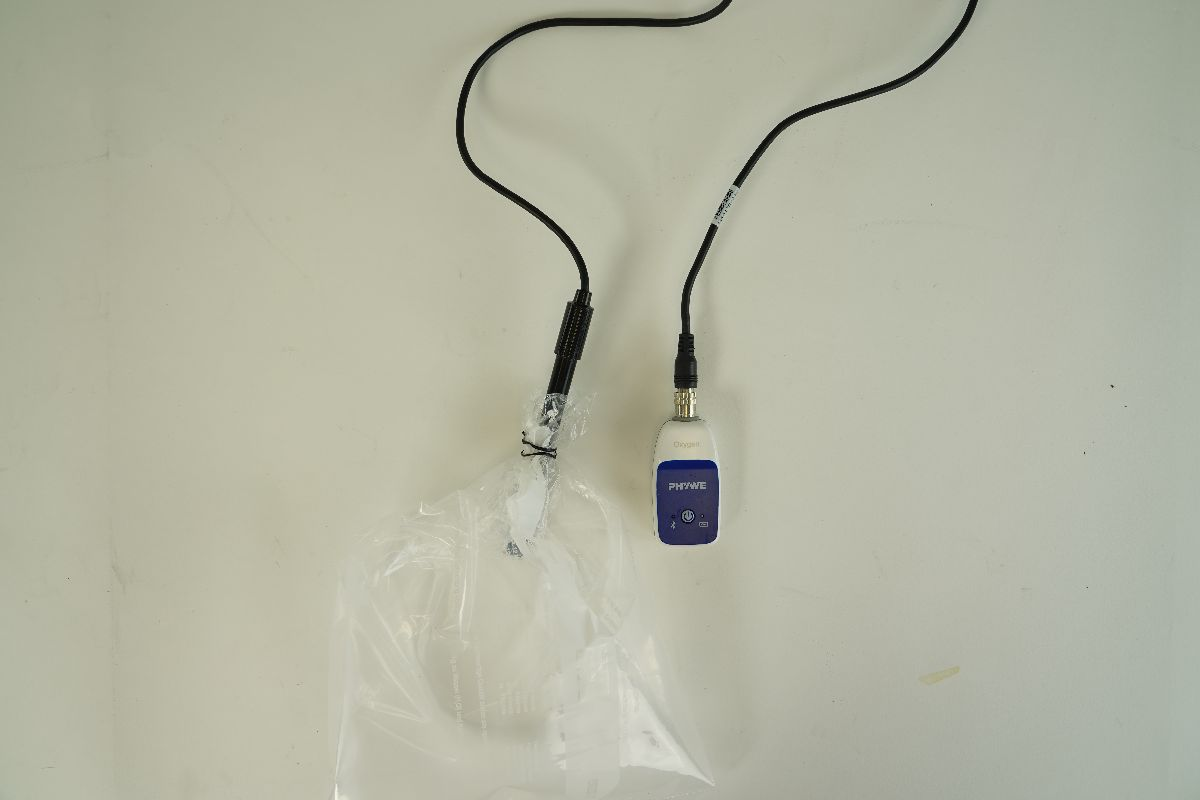







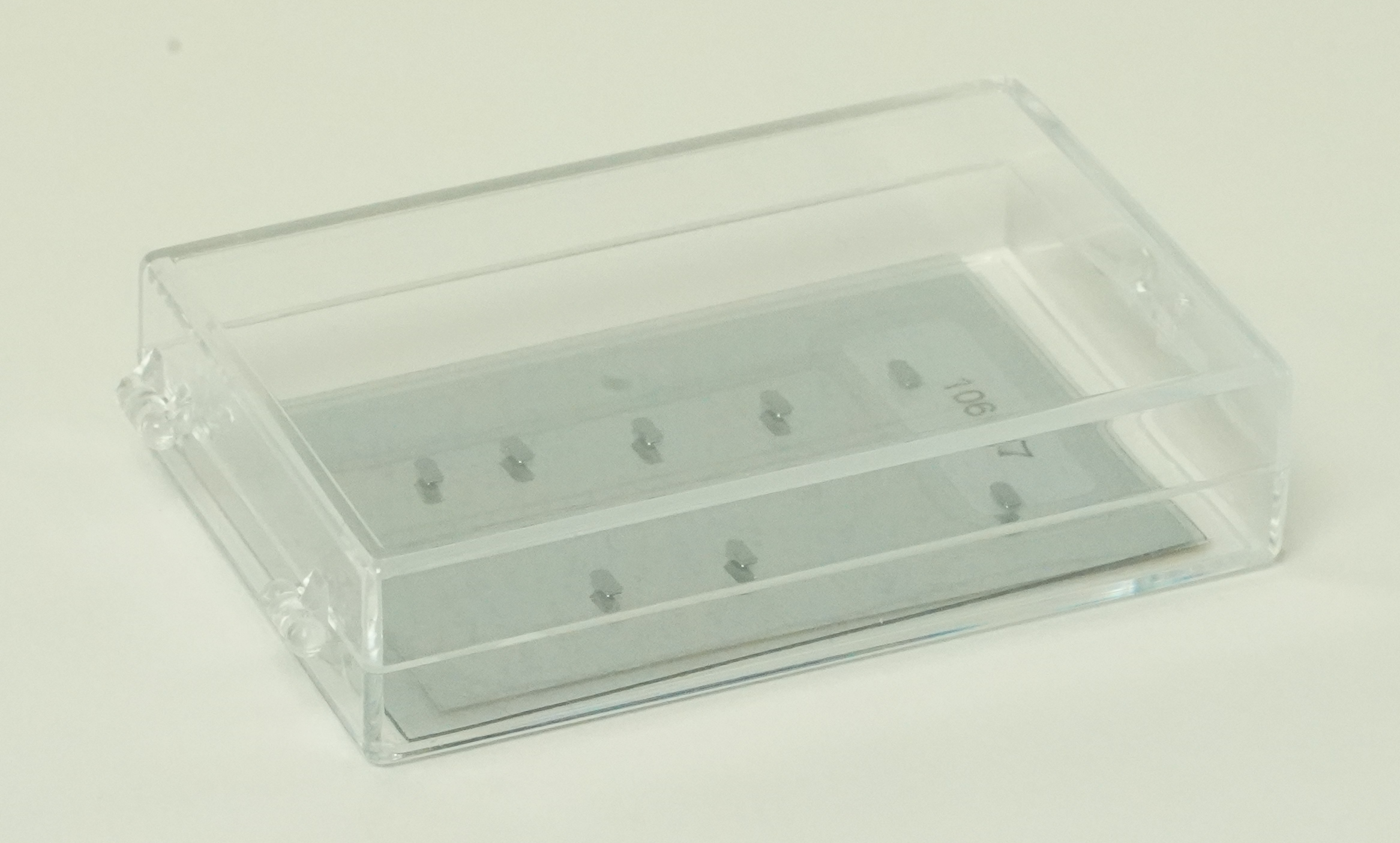
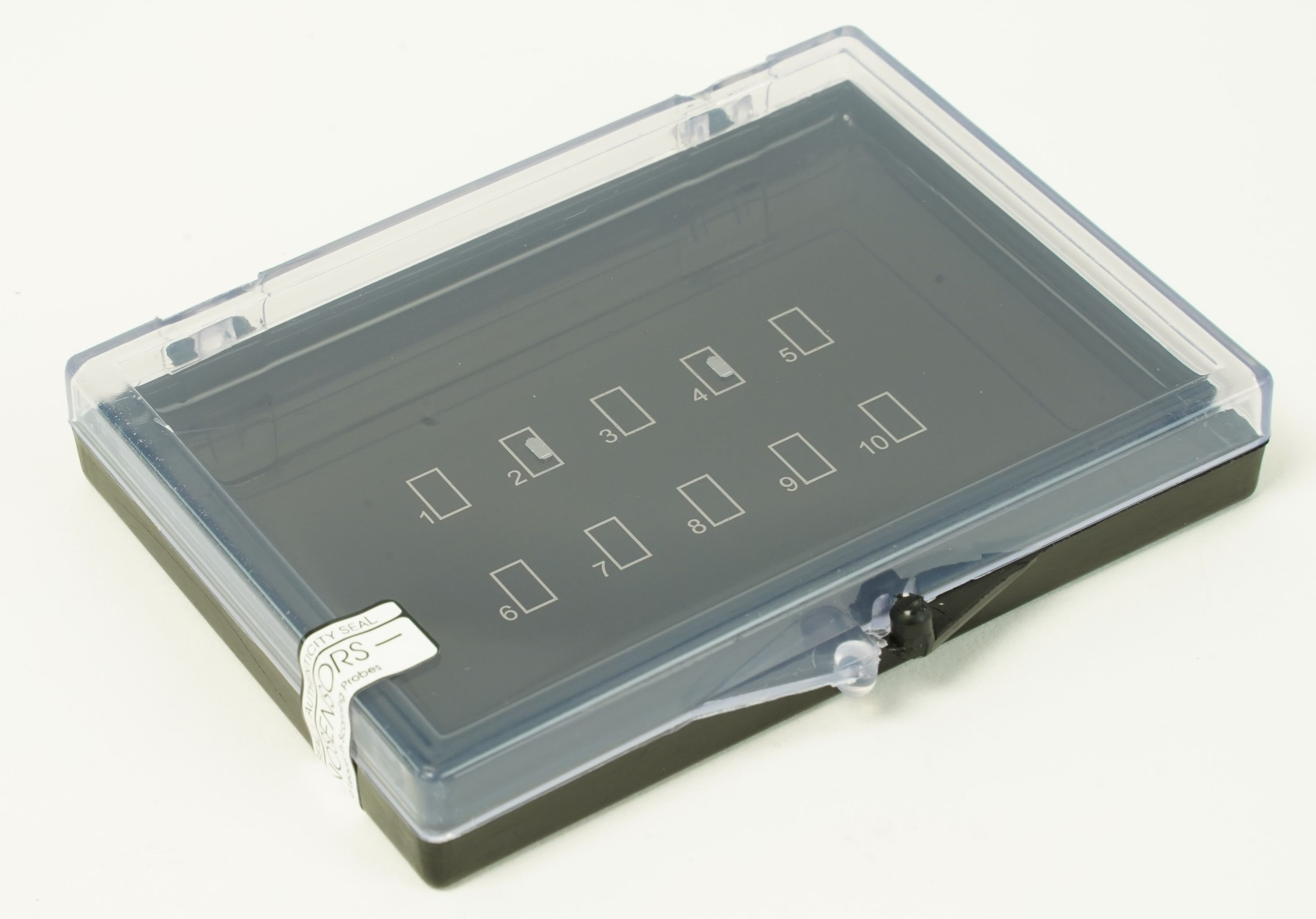
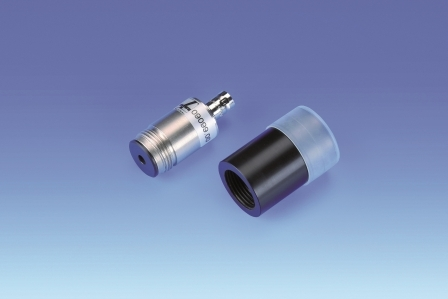










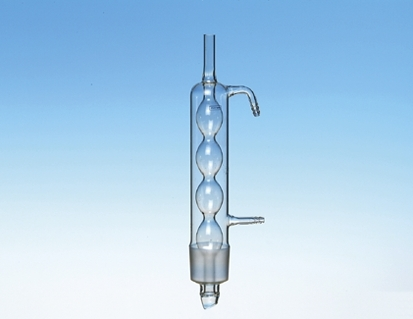

 Versuche & Sets
Versuche & Sets





